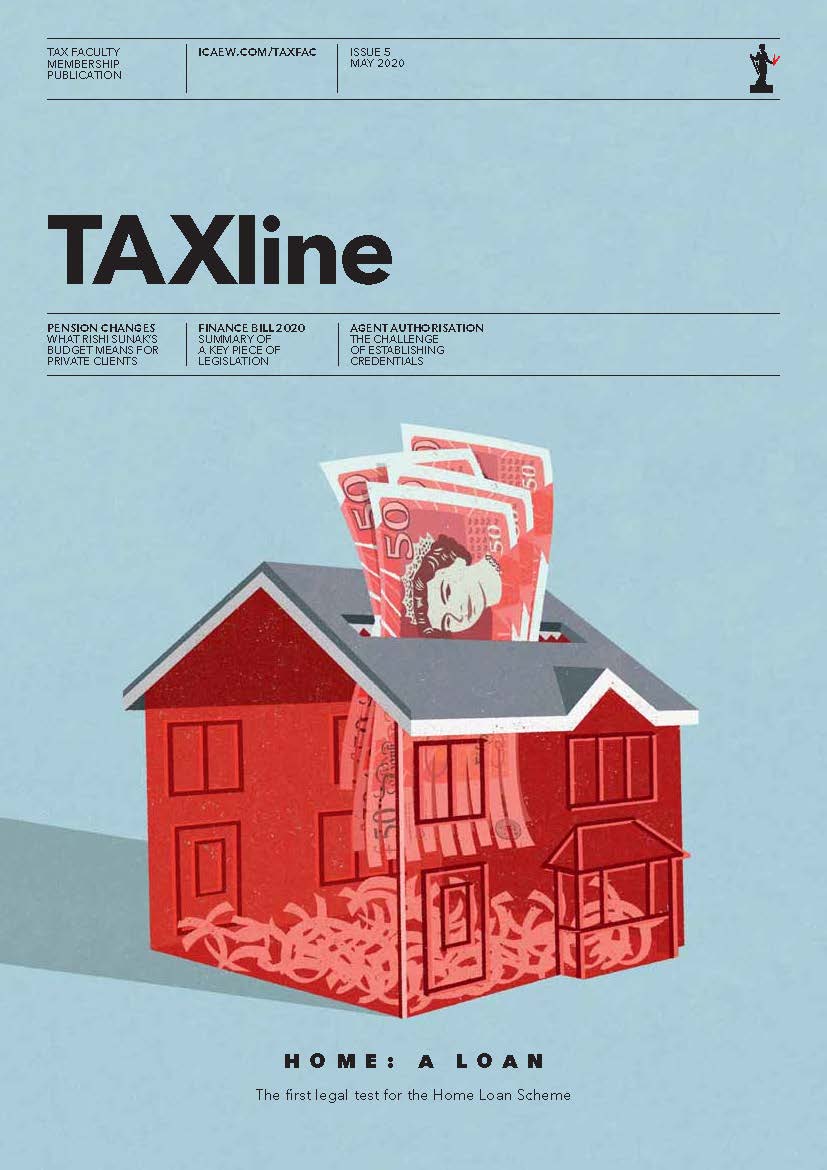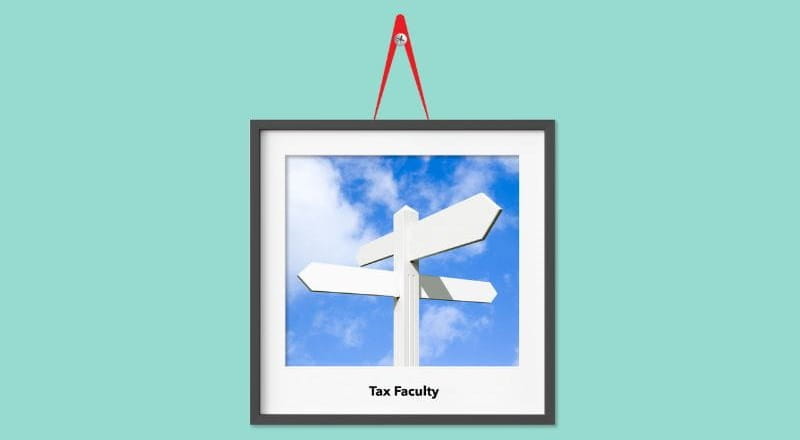In the UK, businesses must register for VAT if their taxable turnover – the total value of goods and services sold that are subject to VAT – exceeds the VAT registration threshold in any 12-month period. Once registered, businesses must charge VAT at up to 20% on all sales, unless the goods or services are exempt or otherwise outside the scope of VAT. At £90,000, the UK’s VAT registration threshold is the joint highest in the OECD.
Is the UK's approach sensible, or do other countries have valid reasons for their much lower thresholds? In this article, we present arguments from VAT experts – one side advocating for lowering the threshold and the other for raising it – to shed light on this important issue in tax policy design.
It’s worth noting that the UK is still partly bound by EU rules regarding the level of its VAT registration threshold. Under the terms of the Windsor Framework, the VAT registration threshold in Northern Ireland cannot exceed its current level.
The case for increasing the threshold
When the government announced in the Spring 2024 Budget that the VAT registration threshold would be raised for the first time since 2017, to £90,000, it said it would bring 28,000 businesses out of paying VAT altogether, and encourage many more to invest and grow. To most businesses, an increase of £5,000 made little difference. But the reasoning behind the rise certainly sounds attractive.
If the UK were unhampered by EU rules and the government wanted to encourage small businesses to grow, it would be much more effective to raise the threshold to, say, £250,000. This is supported by the government’s statistics, which show that in 2022/23, £117bn, 75% of the total net VAT collected in the UK, was paid by traders with an annual turnover of more than £10m. Raising the threshold to £250,000 may not therefore have a significant impact on the UK’s total VAT receipts, but it would allow HMRC to save costs and to focus its time on ensuring that the largest VAT payers pay the right amount of tax.
Outside of the VAT net, businesses would be willing to grow as they would have fewer administrative hoops to jump through. Those with a turnover of £90,000 are unlikely to have many employees, so time spent on VAT compliance takes up a larger proportion of staff time. Moreover, the sheer number of VAT rules (and their many exceptions) are incredibly complicated and keeping on top of it all can be an impossible task for a small business owner with a limited knowledge of VAT.
When most businesses register for VAT, they are faced with a choice: either increase their prices by up to 20%, or lose up to 20% of their existing prices as VAT. The former makes them less competitive and likely to see a drop in sales. The latter eats into the profits of the business and ultimately reduces the amount of money a business can use to expand. Neither of these options advocate for small business growth.
Not having to register for VAT at such a low turnover means that small businesses providing goods and services to consumers can charge less overall, which should encourage the UK public to spend more, thus growing the economy.
Contributed by Sue Rathmell, VAT Partner, and Euan Rintoul, VAT Junior, MHA
The case for lowering the threshold
The main argument in favour of lowering the VAT registration threshold is that it would promote economic growth.
In research undertaken for HMRC in 2016, it was found that 20% of unregistered businesses trading close to the VAT threshold had taken action to remain below the VAT threshold. Of those businesses, almost half said that they had closed their business for part of the year to avoid having to register for VAT, and one in five said that they had turned down work.
This strongly suggests that a significant number of businesses are actively managing their turnover in order to stay below the VAT registration threshold. Lowering the VAT registration threshold would prevent businesses suppressing their trade in this way which would, in turn, encourage economic growth.
There are two reasons why a business would want to keep their turnover below the registration threshold. First, to avoid the associated compliance costs and HMRC scrutiny. The UK VAT registration has always been set at a level which enables a sole trader (whether they are incorporated or not) to earn a decent ‘salary’ (assuming the business’s costs are not high in relative terms). As a result, some businesses take steps to ensure their turnover does not cross the VAT threshold to save themselves the ‘hassle’ that a VAT registration would bring.
Second, the ‘cliff edge’ nature of the VAT registration threshold presents a particular challenge to businesses that would struggle to pass the VAT cost onto their customers through higher prices (eg, because they supply consumers). Depending on the amount of VAT it can claim as input tax, registering for VAT would mean a business in this position would lose up to one-sixth of its income. It would need to grow significantly in order to compensate for registering.
It is undeniable that the high level of the UK’s VAT registration threshold encourages some businesses to actively manage their turnover in a variety of entirely legal and ethical ways, (eg, by turning work down, not raising prices or even closing for part of the year). Lowering the registration threshold such that only extremely small businesses would be outside the VAT net would remove this barrier to business growth.
Contributed by Sarah Kay, Lead Technical Writer, Croner-i Ltd
So – up or down?
The debate surrounding the UK’s VAT registration threshold is complex, with compelling arguments on both sides. It is clear that any changes to the VAT registration threshold must be carefully considered, taking into account the diverse needs of businesses across various sectors and size and the capacity of HMRC to deal with any change, as well as the broader economic implications.
Further information
HMRC’s guidance on when to register for VAT
A longer version of this article appeared in TAXline, The ICAEW Tax Faculty members’ content hub.
Latest on VAT
The Tax Faculty
ICAEW's Tax Faculty is recognised internationally as a leading authority and source of expertise on taxation. The faculty is the voice of tax for ICAEW, responsible for all submissions to the tax authorities. Join the Faculty for expert guidance and support enabling you to provide the best advice on tax to your clients or business.



